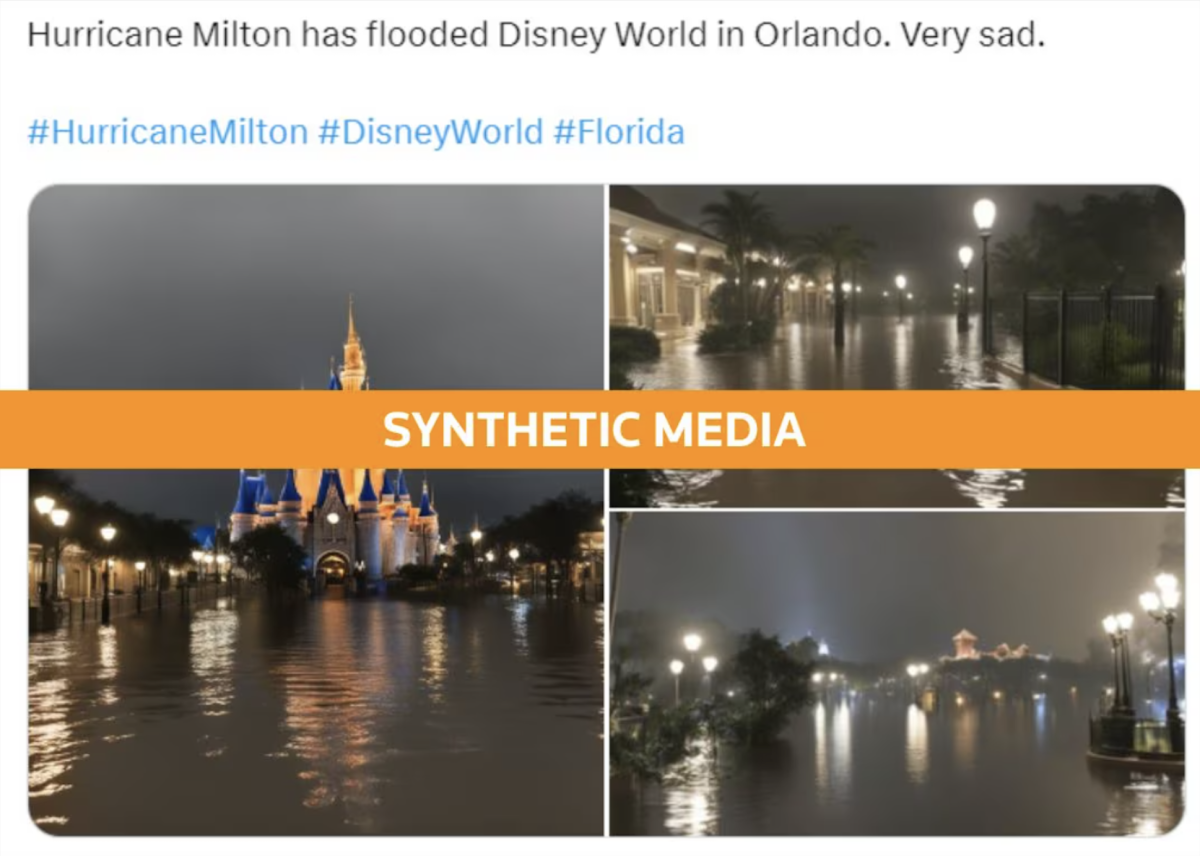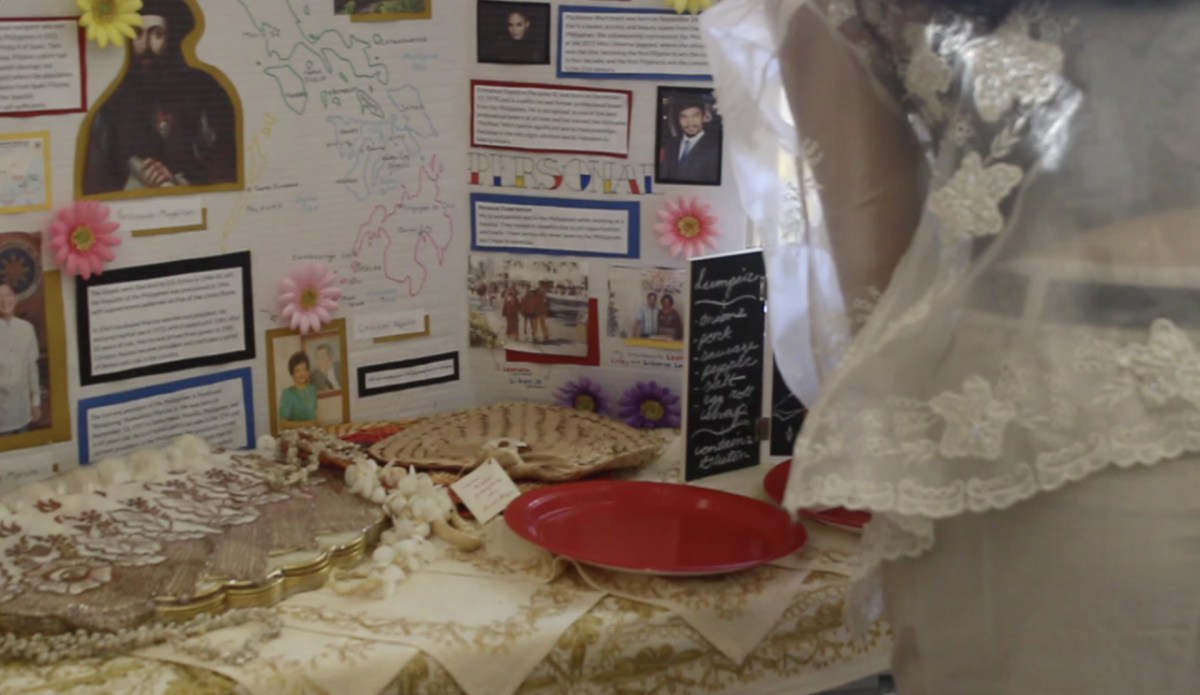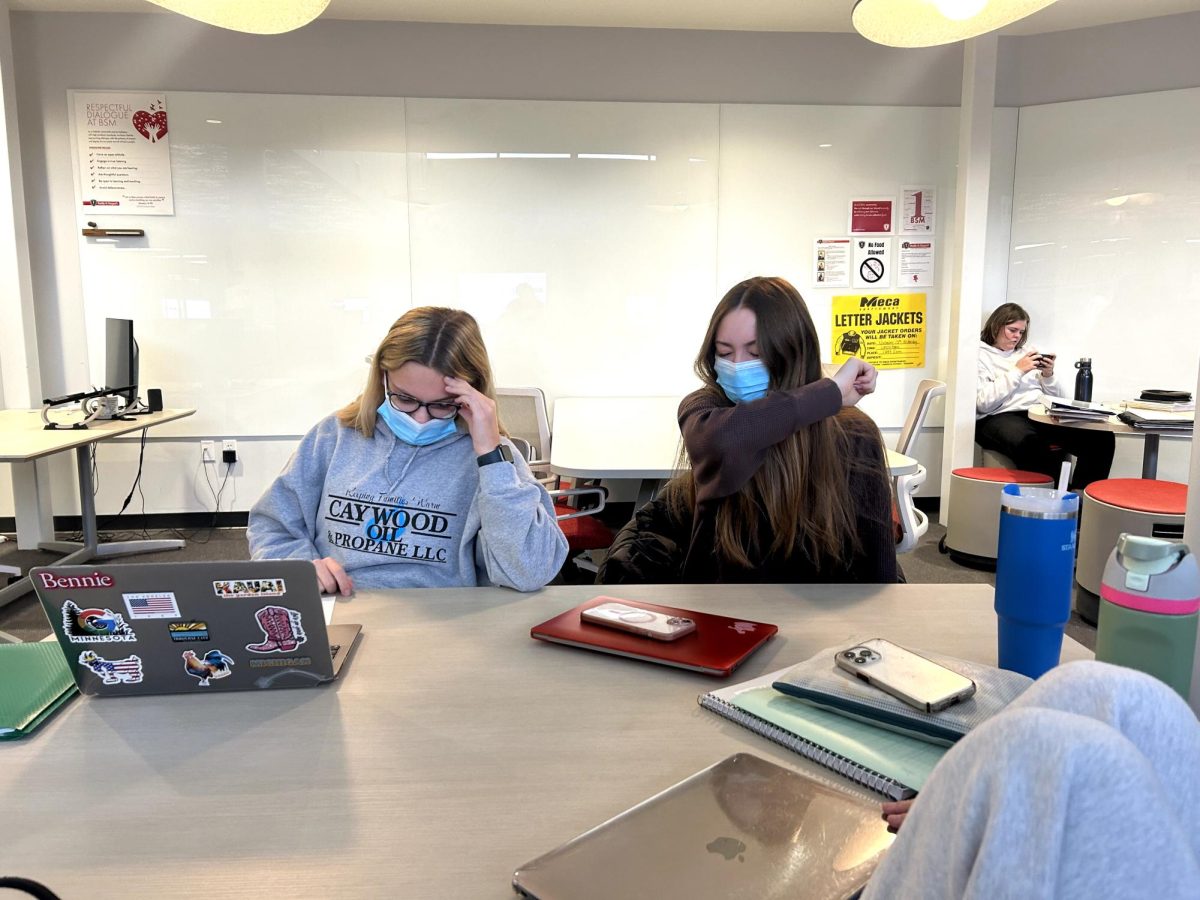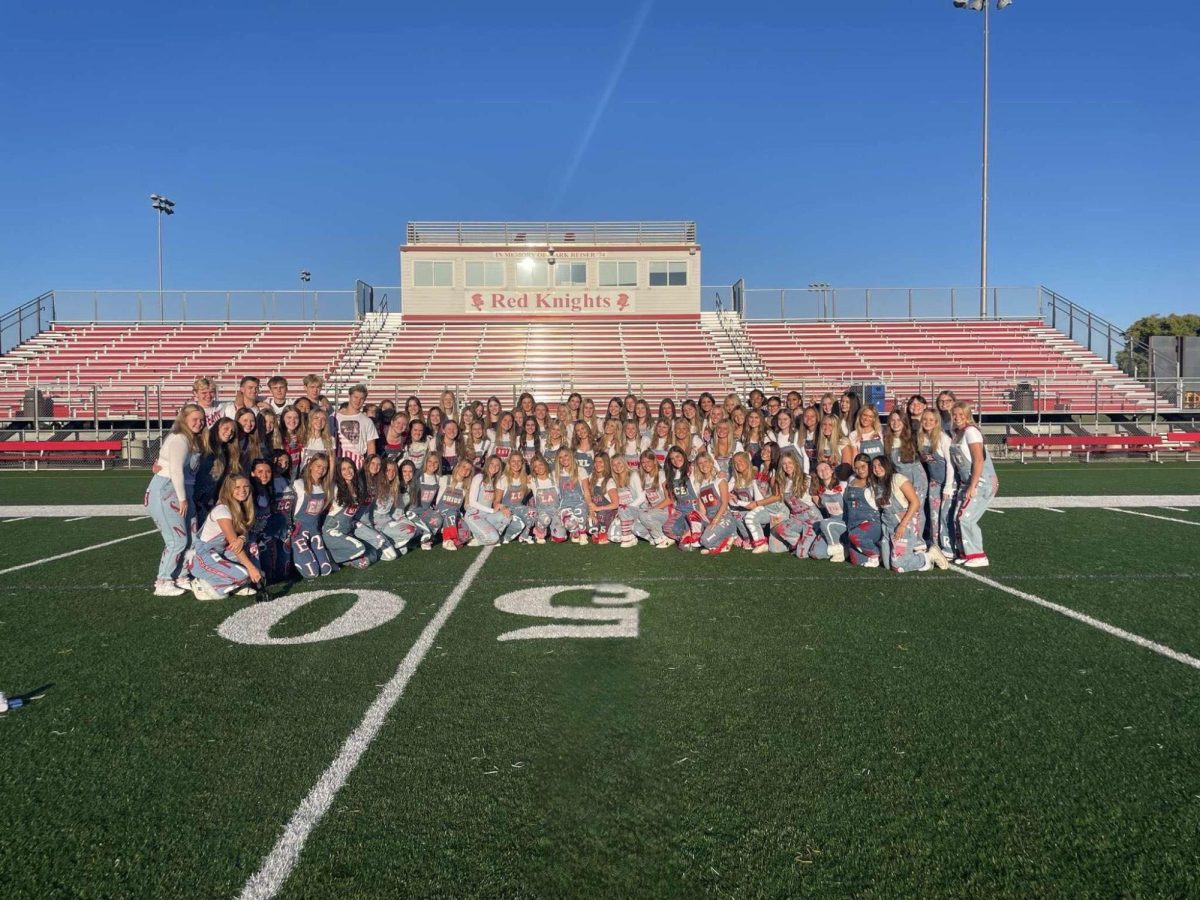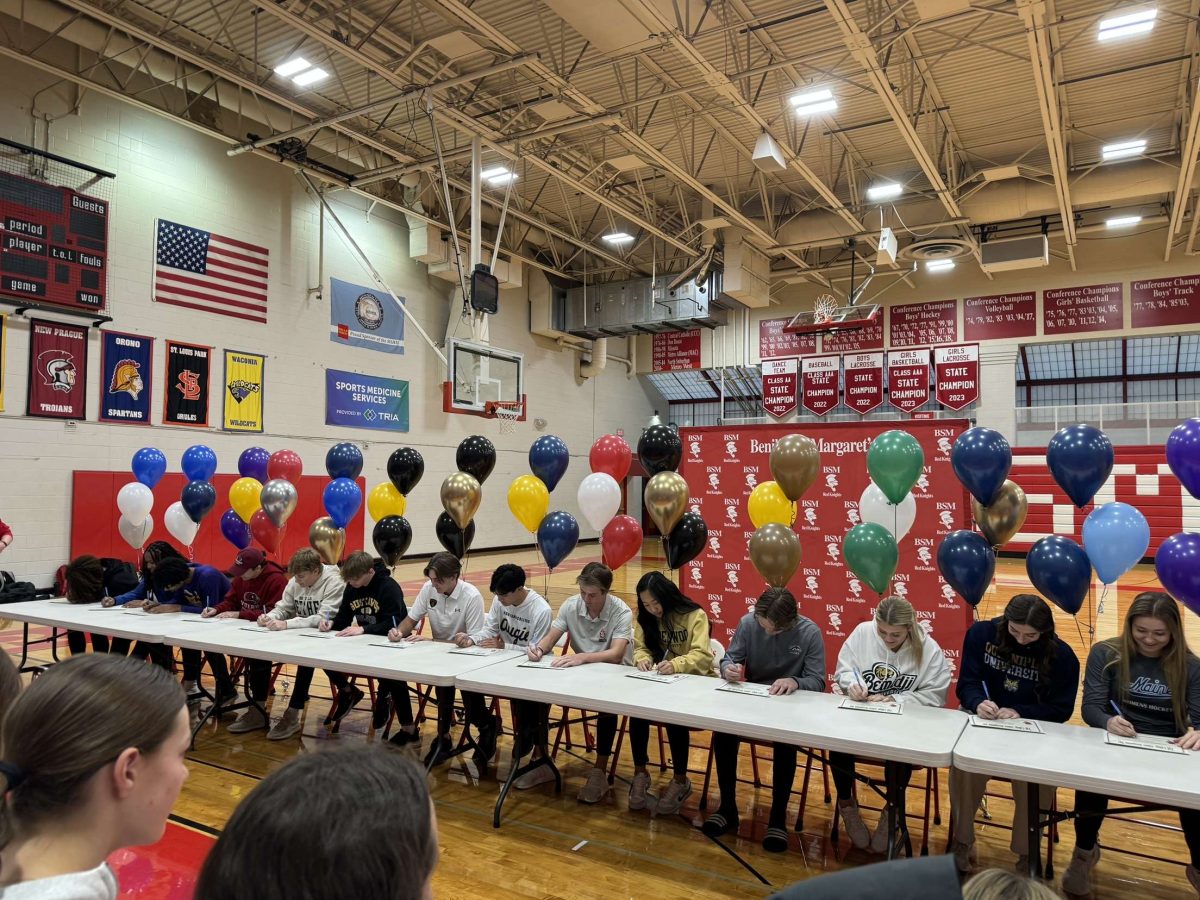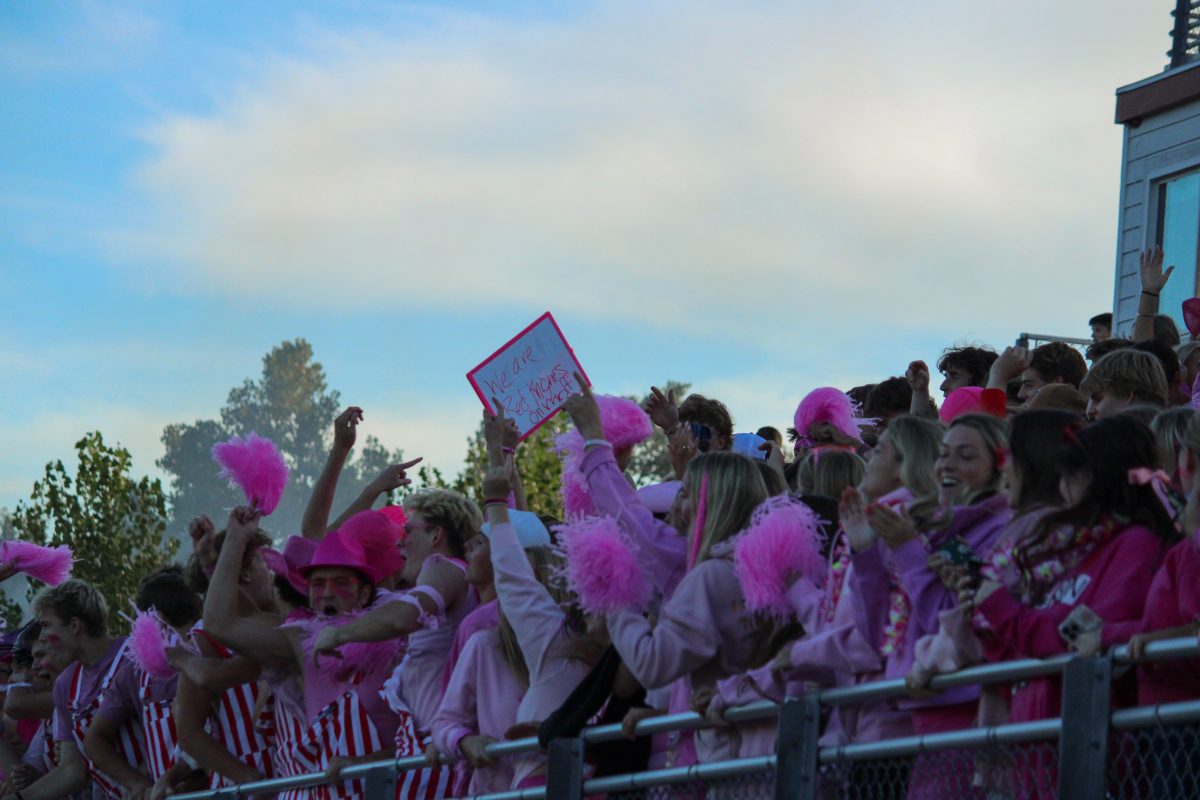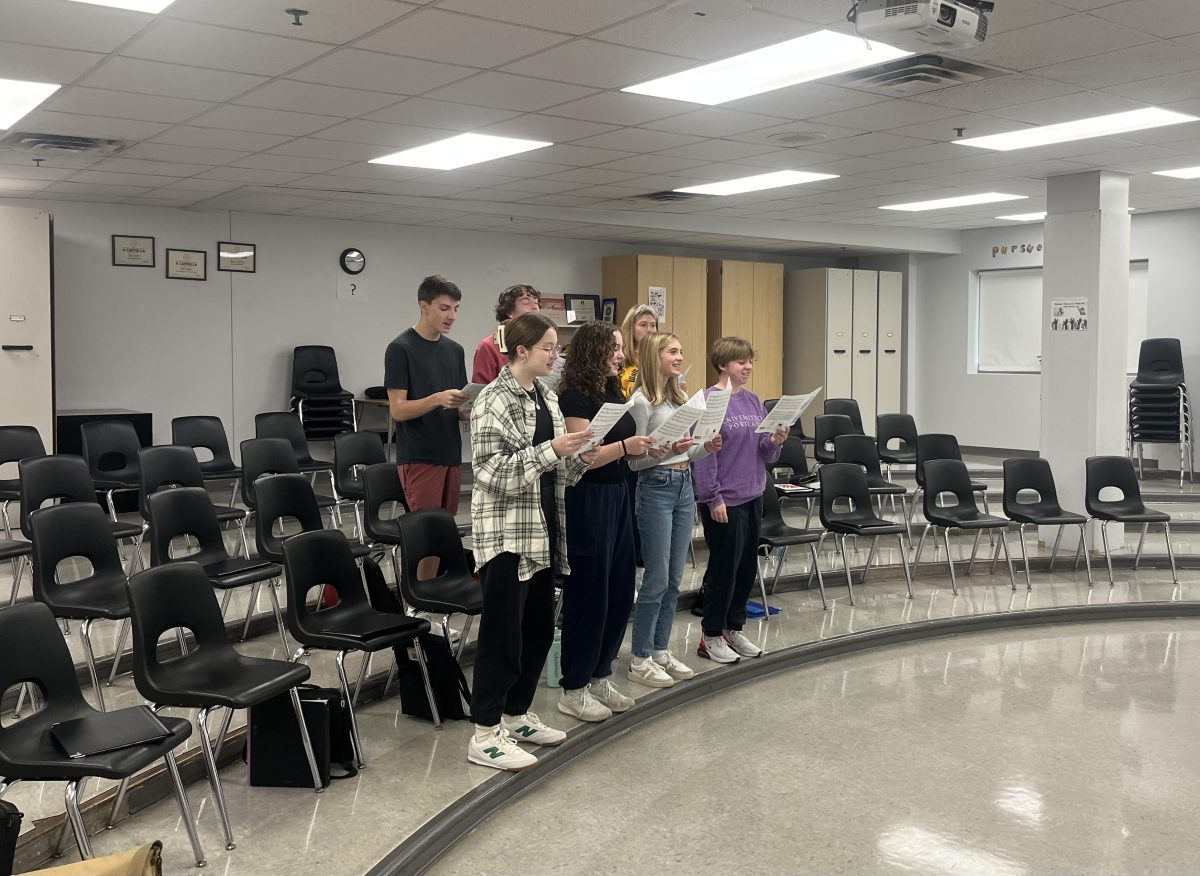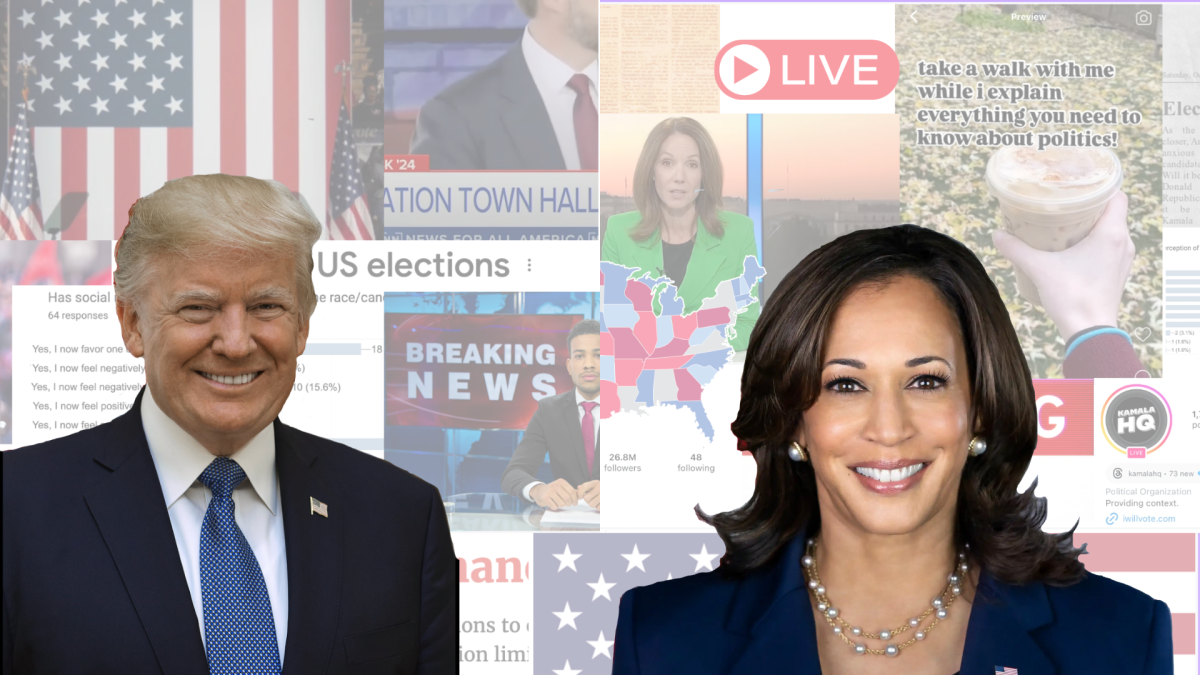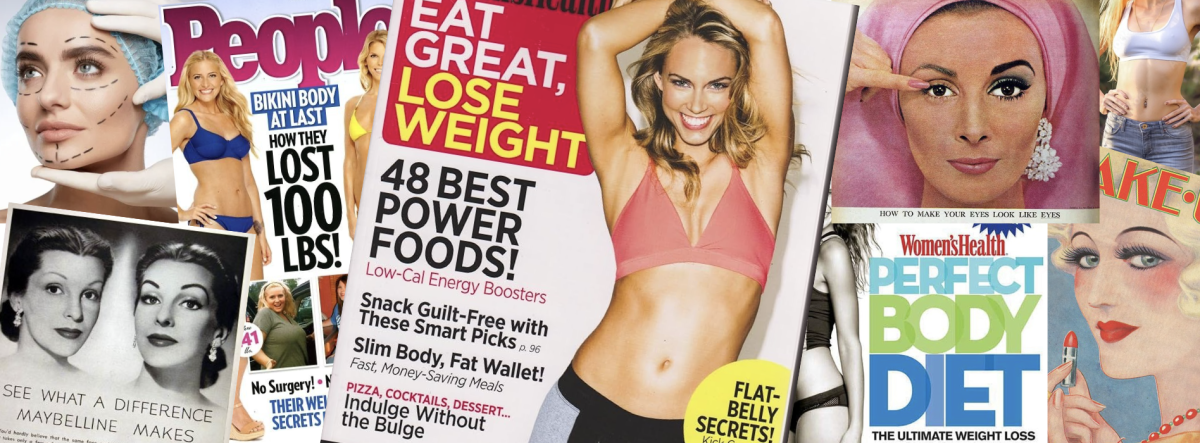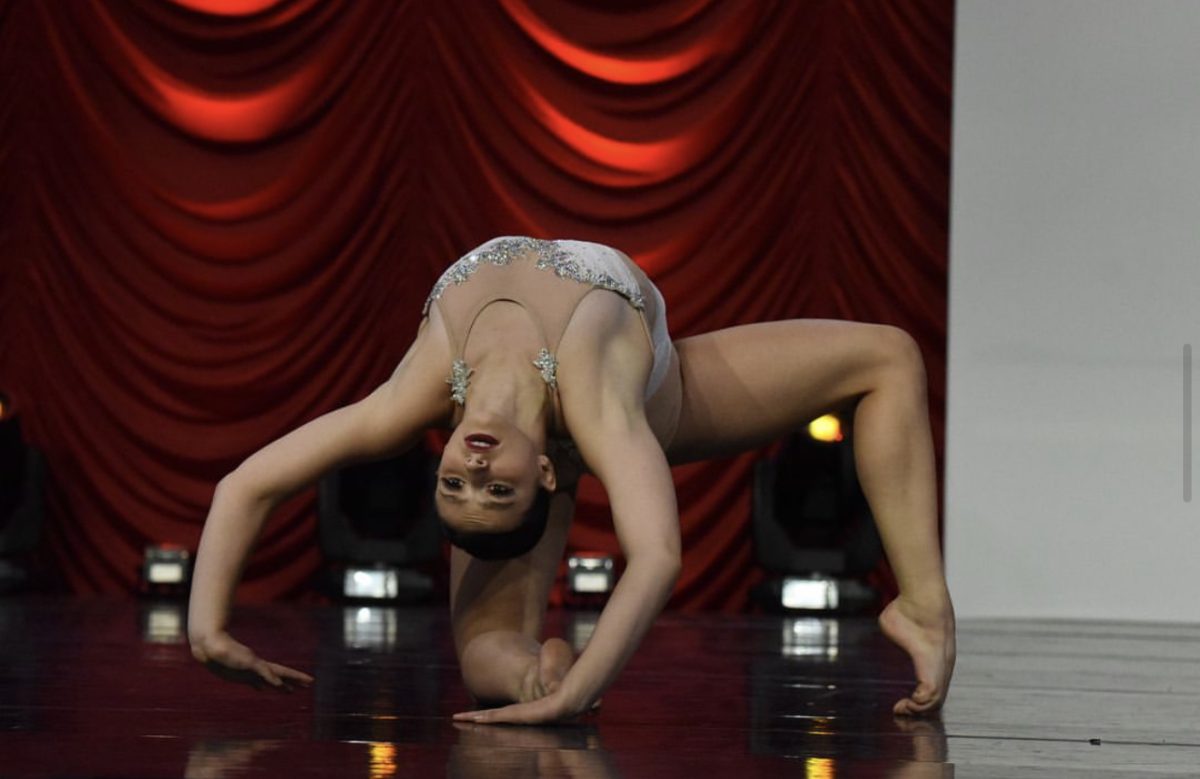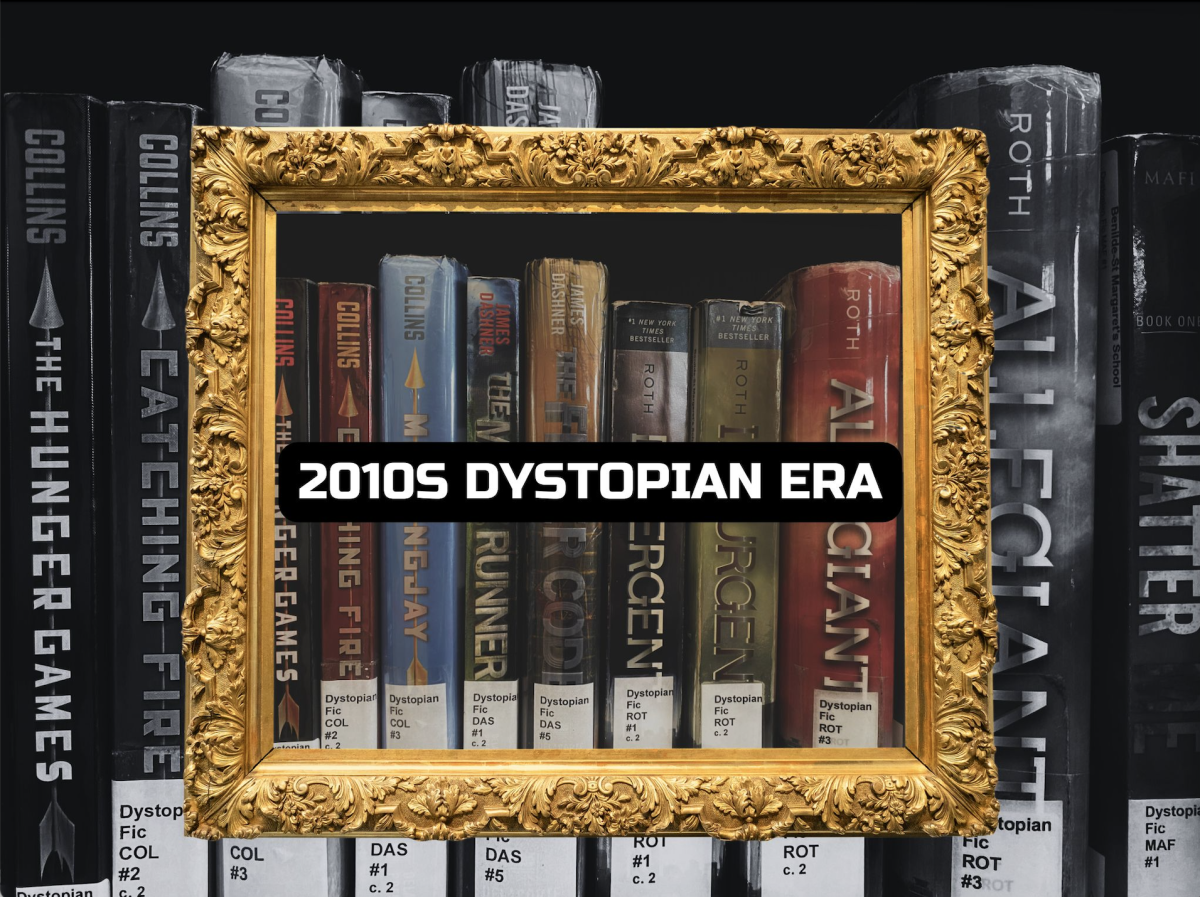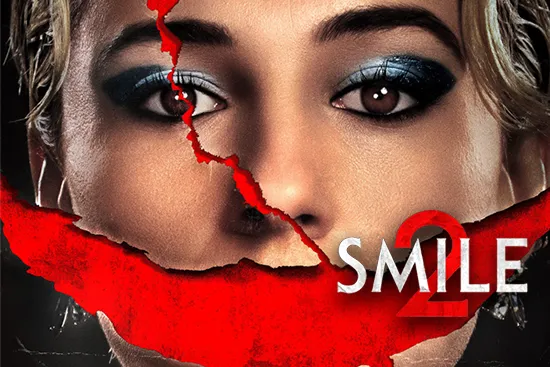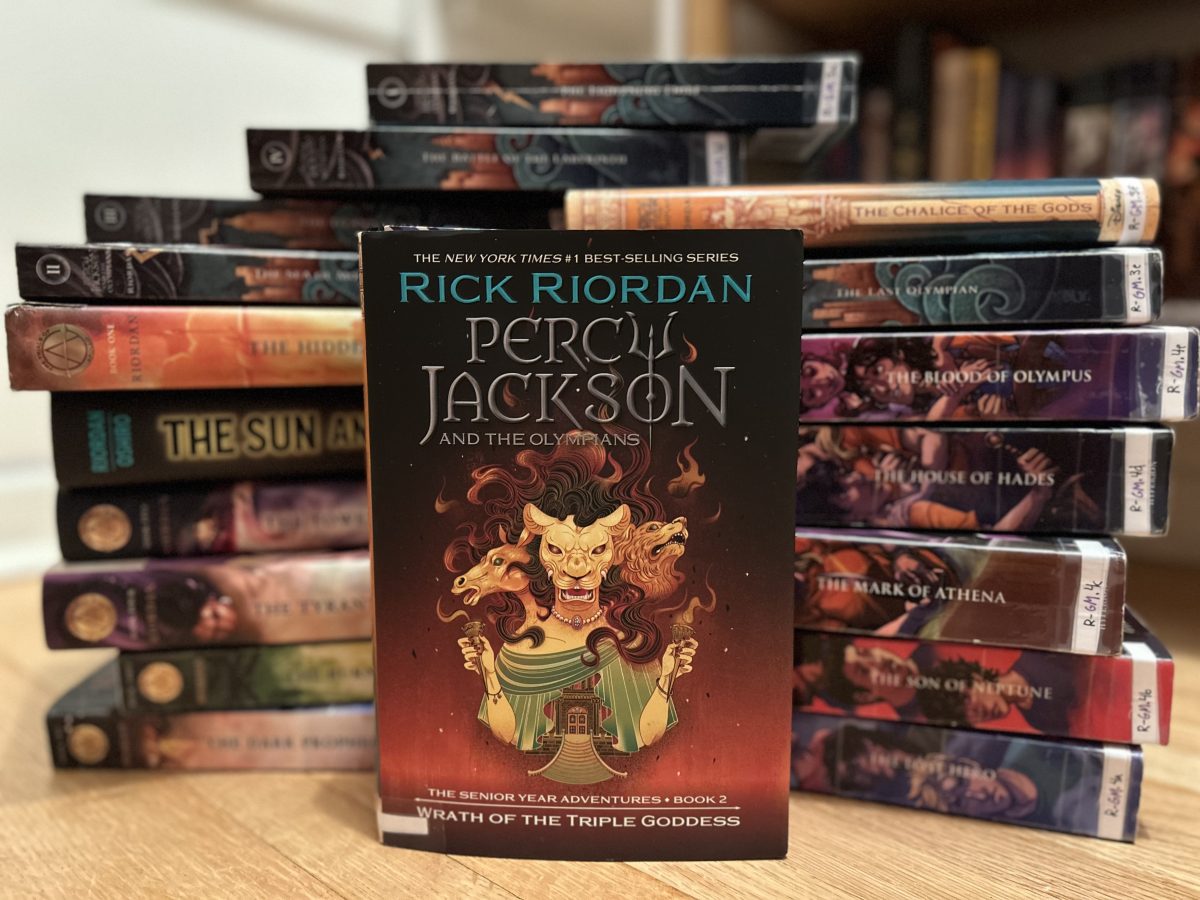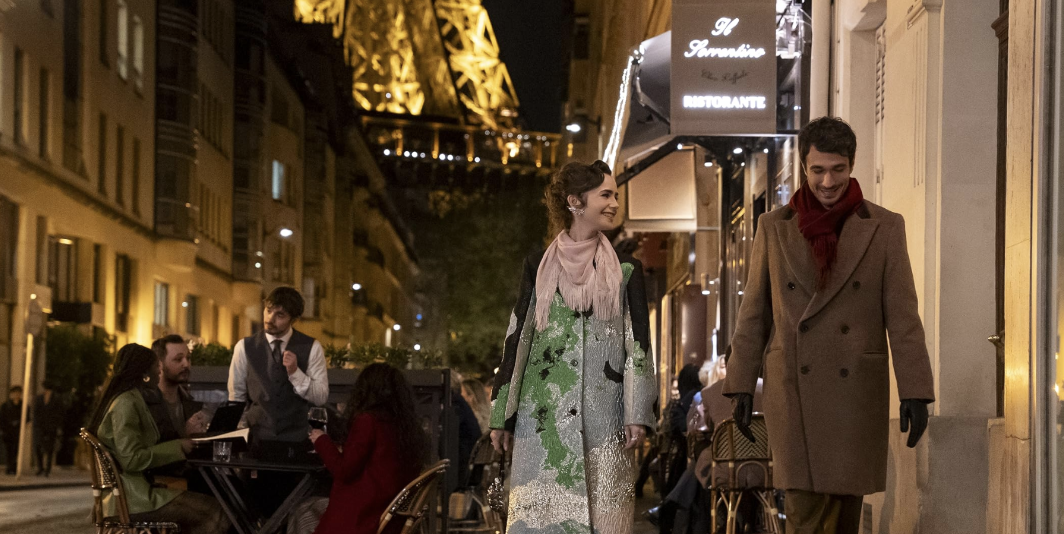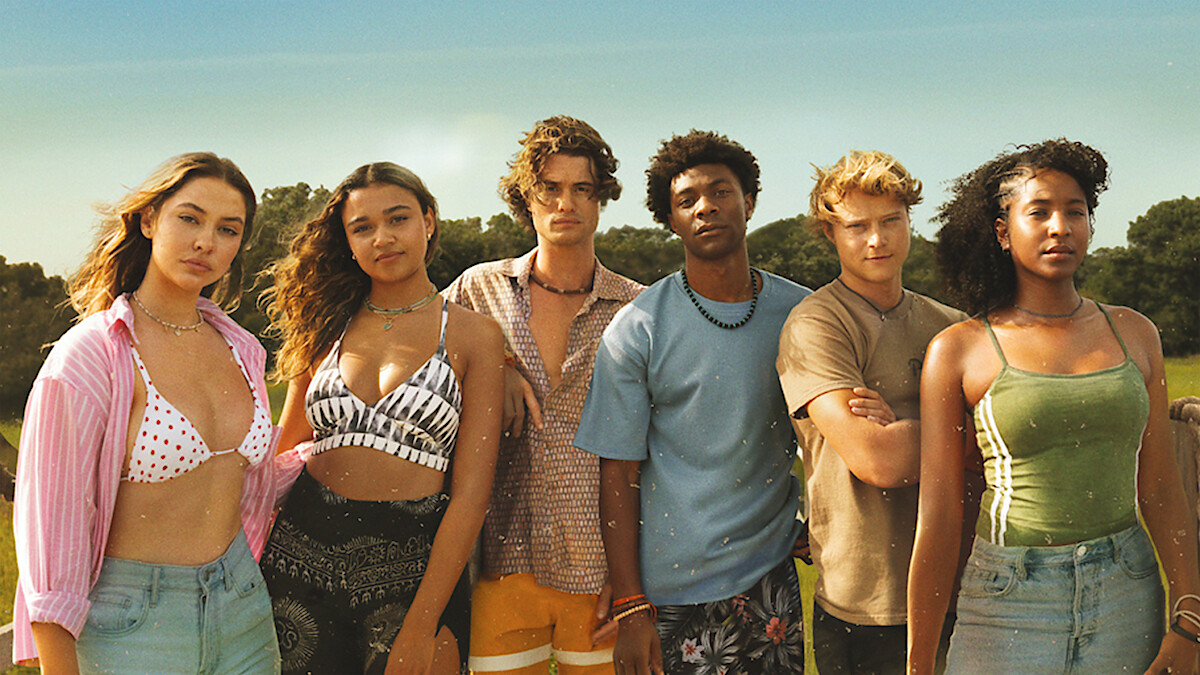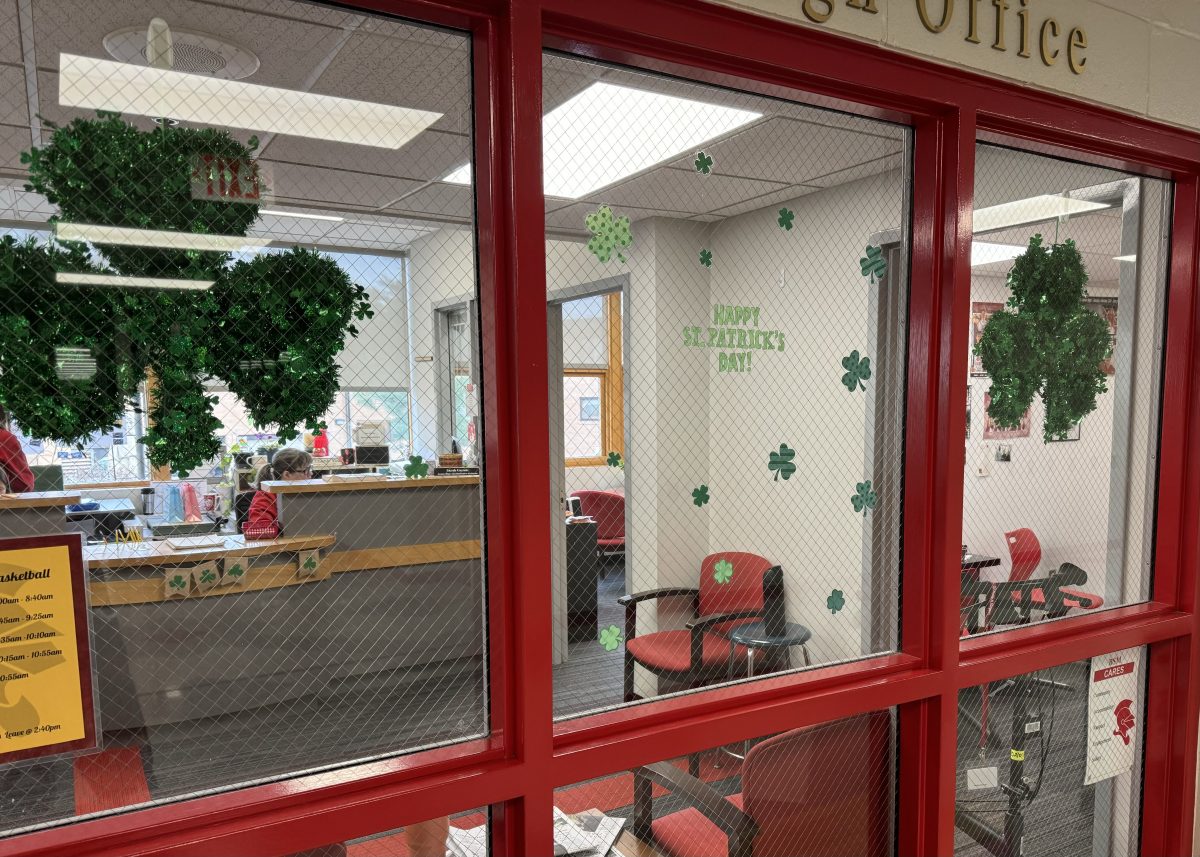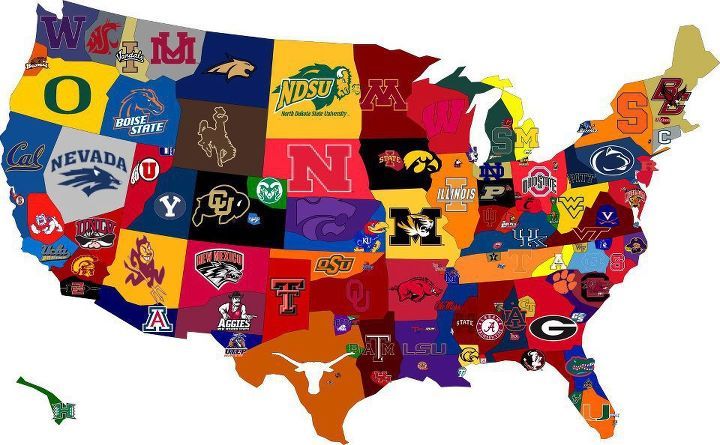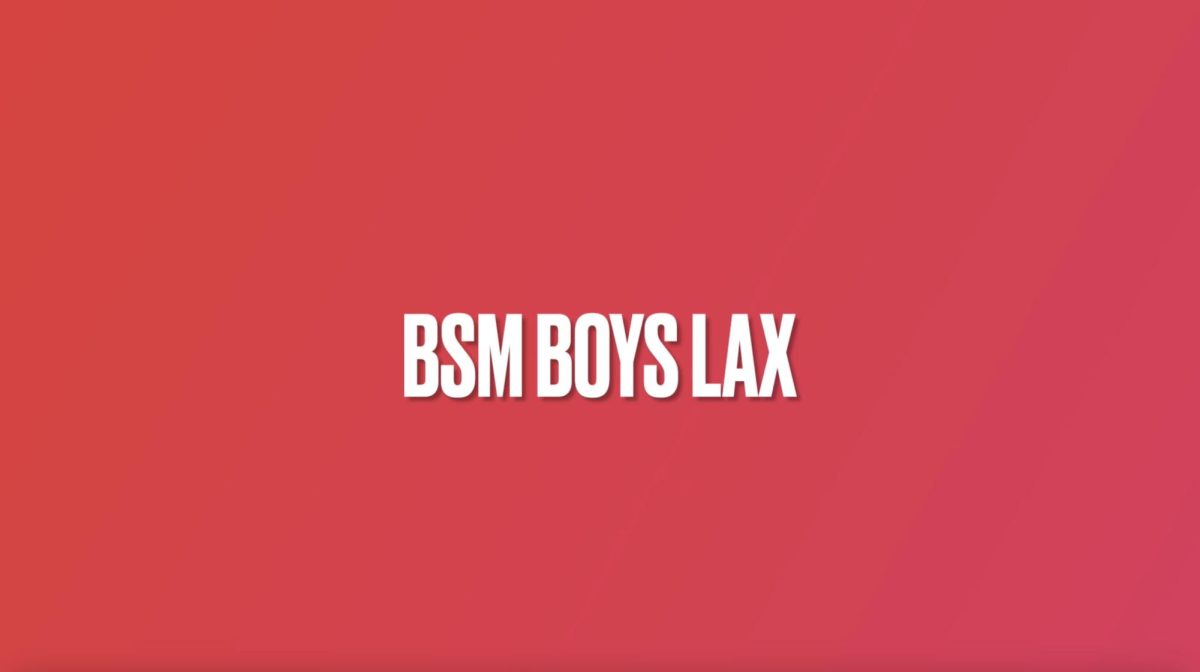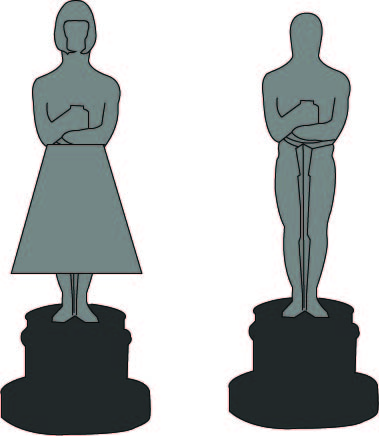Female directors and writers immensely underrepresented in the Oscars
Many critics have scoffed at the lack of racial diversity in the Academy Award nominations, but this year’s nomanations also highlight another diversity issue in the film industry: all of the Oscar nominees in the most renowned categories were exclusively male. Dig a little deeper, and the lack of female directors and strong female characters in Hollywood today quickly becomes evident.
In light of the Academy Awards, controversy surrounding movies and the film industry gets pushed into the spotlight. The complete lack of racial diversity in the nominations has been the primary topic of Oscar-related discussion, but there is also another diversity problem that hasn’t gotten as much attention: the lack of female directors.
In the over 88 years the Academy Awards have been around, only a staggering five female directors have been nominated. This year, every best picture that was nominated was directed by a male, and every best director nominee was male as well. Last year, less than five percent of major studio releases were directed by women. The problem has gotten so ridiculous that the U.S. Equal Employment Opportunity Commision has opened an investigation into figuring out why there are so few women directors.
At first glance this may not seem like a problem, but digging deeper, there is a large underlying theme: studios do not trust women to direct. There isn’t actually a lack of female directors, but instead a lack of studios that hire female directors. Studios don’t want to put their big budget movies into the hands of female directors, because there aren’t many female directors with the experience.
Studios have created their own excuse. They don’t want to hire a female because there is little proof that women will be able to bring in a large box office profit, but the reason there is no proof is because studios won’t hire any women. It is a long and confusing cycle, but the only solution to the problem is for studios to take a chance and hire women, because with more females directing, it would show that women can handle directing larger movies.
Another problem that comes from the lack of female directors is the wrongful portrayal of female characters. Alison Bechdel, a cartoonist, wrote a comic with a little test she uses to judge movies. The test only has three requirements for a movie to pass: 1. It should have two females in it, and––if you’re feeling really crazy––they should both be named. 2. They need to talk to each other. 3. Their conversation needs to be about something other than a guy. Those are the only three criteria. That should be easy right?
Wrong. What is either hilarious or deeply troubling––depending on one’s outlook––is that thousands of movies do not pass this test. The whole Lord of the Rings and Star Wars trilogies failed. “Harry Potter and the Deathly Hallows Part 2” doesn’t pass, and sadly “Finding Nemo” doesn’t even pass. The list goes on and on.
Only three of this year’s Best Picture nominations pass, and one (Spotlight) only passed because of one scene where Rachel McAdams’s character asks her grandmother for a glass of water. The Bechdel test is primarily rooted in logic and is not some highly complicated test. “It’s not scientific, but it makes you think,” Tom Backen, BSM Film Studies teacher, said––and that is exactly what it has caused me to do. Would more movies pass this test if they were directed by women? When women make up just 12% of protagonists and 30% of all speaking characters in last year’s top 250 films according to Time Magazine, there has to be something systemically wrong.


